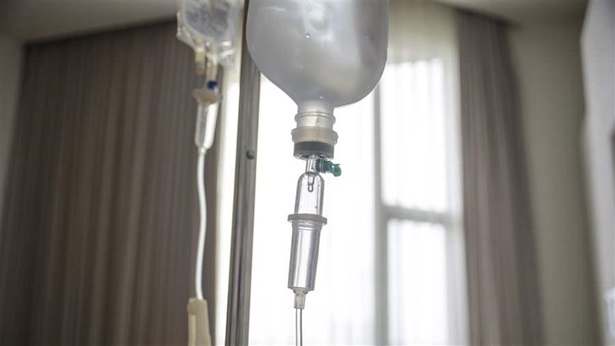Why the Medicare Part B Drug Payment Model Matters
 Stocksy
StocksyEarlier this month, the Centers for Medicare & Medicaid Services (CMS) proposed studying new ways of reimbursing providers for the cost of drugs covered under Medicare Part B. The goal is to test whether new payment policies can reduce costs and maintain, or even improve, patient health outcomes.
Since the Part B Drug Payment Model was released, there has been vocal opposition to the idea of testing alternative payment approaches. A number of drug companies, health care provider organizations, and patient groups have voiced concerns that the Part B initiative is focused on costs rather than on patients and the quality of health care.1
However, there are growing concerns over rising prescription drug costs, including in public programs such as Medicare. Drug spending in Medicare Part B reached $22 billion in 2015,2 and Part B drug costs have increased by an average of 8.6 percent annually since 2007.3 A recent poll found that 72 percent of Americans believe that drug prices are unreasonable.4
To address these concerns, CMS has proposed evaluating a number of policies, many of which are already used in the private sector by health plans, insurers, and pharmacy benefit managers. Limited evidence exists on how these payment policies would affect Medicare beneficiaries’ access to drugs, health outcomes, and overall costs; this payment model could help answer these questions.
However, challenges exist when designing any policy evaluation, including a study on the scale proposed by CMS. The agency should take the following factors into account as it develops the model:
- Patients must have access to clinically appropriate drug therapies. It is unclear how reducing payment for high-cost drugs may affect beneficiary access and health outcomes. Given this uncertainty, CMS should incorporate patient protections into the model’s design and also carefully monitor how the policies being studied influence access and outcomes.
- The public should be given ample opportunity to weigh in. Given the complexity of the model, its development should be transparent, and CMS should continue to seek the input of policy experts and stakeholders. External input is needed to ensure that the proposed study will produce scientifically valid conclusions that will be informative to policymakers.
- CMS should consider additional policy ideas as part of its payment model. Medicare currently reimburses providers at different rates based on where they provide care. Some have suggested that reimbursements should be the same, regardless of where a patient is treated, such as in a physician’s office or in a hospital outpatient department.5
Before any permanent changes to Medicare are implemented, policymakers must have high-quality evidence of how different payment policies would affect patients and providers. A well-designed experiment can help CMS generate that evidence, which is critical to informing future policies that are designed to ensure patient access, improve health outcomes, and reduce costs.
Chuck Shih leads Pew’s specialty drugs research initiative.
Endnotes
- Letter to members of Congress from 316 health care associations, corporations, and other organizations, March 17, 2016, http://blog2.communityoncology.org/userfiles/76/file/0-67463100-1458227275.pdf.
- 42 CFR Part 511, 81 Fed. Reg. 13230 (March 11, 2016), https://www.gpo.gov/fdsys/pkg/FR-2016-03-11/pdf/2016-05459.pdf.
- Ibid.
- Bianca DiJulio, Jamie Firth, and Mollyann Brodie, “Kaiser Health Tracking Poll: August 2015,” Kaiser Family Foundation, http://kff.org/health-costs/poll-finding/kaiser-health-tracking-poll-august-2015.
- Medicare Payment Advisory Commission, “Hospital Inpatient and Outpatient Services,” Report to the Congress: Medicare Payment Policy (March 2014), http://medpac.gov/documents/reports/mar14_ch03.pdf.


America’s Overdose Crisis
Sign up for our five-email course explaining the overdose crisis in America, the state of treatment access, and ways to improve care
Sign up
The ‘Least Costly Alternative’ Approach for Payment of Medicare Part B Drugs
How different reimbursement models could affect drug prices
Learn More








